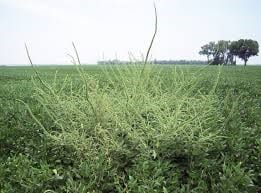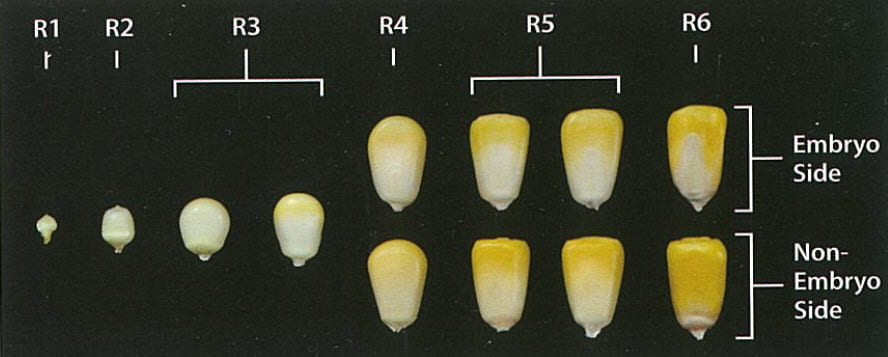Tim McDermott, OSU Extension Educator- Franklin County ,Previously posted on VegNet Newsletter
For many backyard growers, community gardeners and urban farmers, growing the cucurbits can be a challenge. This vegetable (fruit?) family is affected by a large number of garden insects as well as both bacterial and fungal disease. There are a few tips and tricks that can be used to make sure some harvest makes it to the table or sales booth in 2019.
First thing to do is mind your pollinators. Cucurbits are commonly dependent on pollinators as they have separate male and female flowers. Once the flowers emerge, use of pesticides can damage pollinators and lead to decreased harvest.

The male flower is at the bottom right. It is simply a flower at the end of the stem. The female flower of this yellow summer squash is behind the male flower and has an immature fruit at the base.
Scouting is a very important part of the Integrated Pest Management strategy. I had not seen cucumber beetles in large numbers until the July 4th holiday weekend. Then I started to see them in moderate to large numbers on my summer squash in central Ohio.

Adult Striped Cucumber Beetle. This bug will damage leaves, stems, flowers, and fruit while feeding. It also transmits a bacterial wilt that can rapidly cause death in cucurbit plants.
This is an adult squash vine borer. They lay eggs at the base of the stems and their larvae then tunnel through the stem of the plant disrupting vascular flow and often killing the plant.
These plantings of winter squash, both Waltham Butternut and Buttercup, died over the last weekend in July while the summer squash persisted. Suspects include squash vine borer damage or bacterial wilt from cucumber beetles.
Squash bugs are another common pest of cucurbits that can be present in large numbers in plantings.

Squash bug eggs are laid white, then rapidly change color to bronze. They are commonly found on the underside of cucurbit leaves and should be removed immediately when discovered and discarded away from the plants.
This is the juvenile form of squash bugs. They can achieve large numbers fairly rapidly.


















